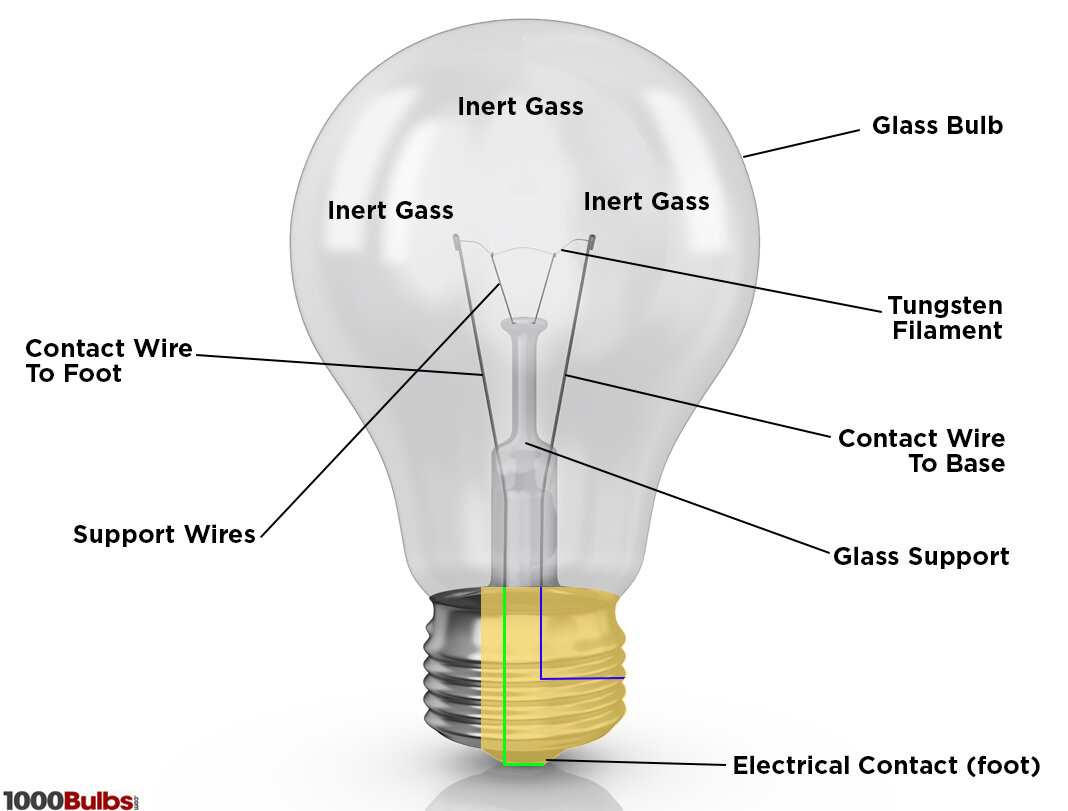

This invention changed the way we design buildings, increased the length of the average workday and jumpstarted new businesses. In the next section we'll look at the different parts of a light bulb.More than 150 years ago, inventors began working on a bright idea that would have a dramatic impact on how we use energy in our homes and offices. The main difference between these sources is the process of exciting the atoms. This is the basic mechanism at work in nearly all light sources.

In other words, the color of the light is determined by what kind of atom is excited. Consequently, different sorts of atoms will release different sorts of light photons. The wavelength of the emitted light (which determines its color) depends on how much energy is released, which depends on the particular position of the electron. As it returns to its original orbital, the electron releases the extra energy in the form of a photon, in some cases a light photon. The electron only holds this position for a tiny fraction of a second almost immediately, it is drawn back toward the nucleus, to its original orbital. When something passes energy on to an atom, an electron may be temporarily boosted to a higher orbital (farther away from the nucleus). When an atom gains or loses energy, the change is expressed by the movement of electrons. Generally speaking, electrons with greater energy move in orbitals farther away from the nucleus. Electrons of different energy levels occupy different orbitals. An atom's electrons have different levels of energy, depending on several factors, including their speed and distance from the nucleus. If you've read How Atoms Work, then you know that electrons are the negatively charged particles that move around an atom's nucleus (which has a net positive charge).

(For more information, see How Light Works.)Ītoms release light photons when their electrons become excited. These particles, called light photons, are the most basic units of light. It is made up of many small particle-like packets that have energy and momentum but no mass. Light is a form of energy that can be released by an atom. In this article, we'll see how these parts come together to produce bright light for hours on end. The modern light bulb, which hasn't changed drastically since Edison's model, is made up of only a handful of parts. The amazing thing about this historical turn of events is that the light bulb itself could hardly be simpler.


 0 kommentar(er)
0 kommentar(er)
